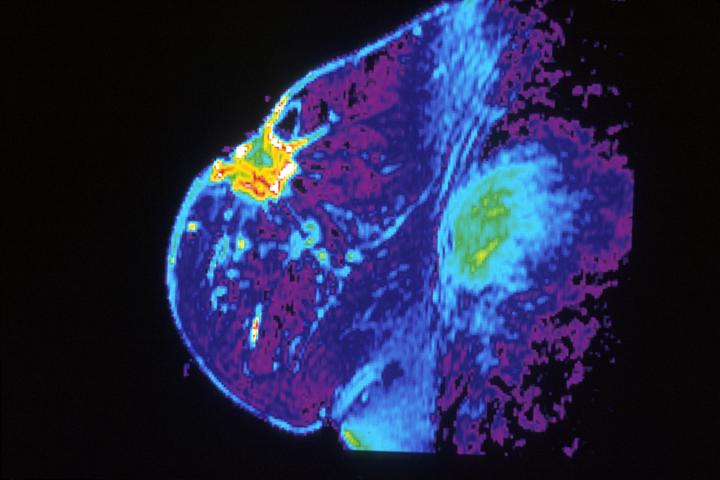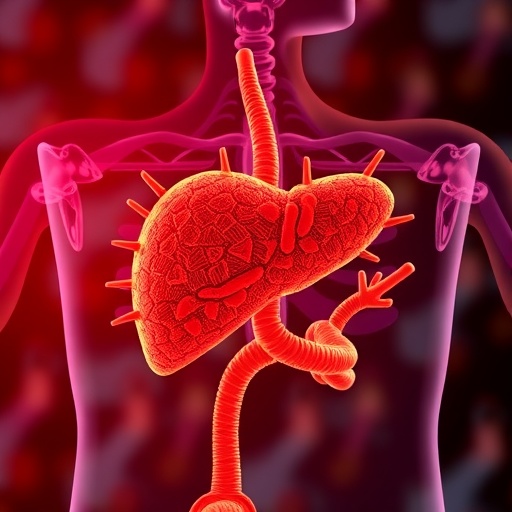Dartmouth researchers have found a machine learning method that can predict the likelihood that a high-risk type of breast lesion is cancerous, potentially saving some women from unnecessary surgeries and overtreatment

Credit: National Cancer Institute (https:/
LEBANON, NH – Atypical ductal hyperplasia (ADH) is a breast lesion associated with a four- to five-fold increase in the risk of breast cancer. ADH is primarily found using mammography and identified on core needle biopsy. Despite multiple passes of the lesion during biopsy, only portions of the lesions are sampled. Other variable factors influence sampling and accuracy such that the presence of cancer may be underestimated by 10-45%. Currently, surgical removal is recommended for all ADH cases found on core needle biopsies to determine if the lesion is cancerous. About 20-30% of ADH cases are upgraded to cancer after surgical excision. However, this means that 70-80% of women undergo a costly and invasive surgical procedure for a benign (but high-risk) lesion.
A Dartmouth research team led by Saeed Hassanpour, PhD, found a machine learning method to predict ADH upgrade to cancer. Having this information can potentially help clinicians and low-risk patients decide whether active surveillance and hormonal therapy is a reasonable alternative to surgical excision. Evaluation of the model showed that the team’s machine learning approach can identify 98% of all malignant cases prior to surgery while sparing from surgery 16% of women who otherwise would have undergone an unnecessary operation for a benign lesion. Their results, Prediction of Atypical Ductal Hyperplasia Upgrades Through a Machine Learning Approach to Reduce Unnecessary Surgical Excisions has been recently published in JCO Clinical Cancer Informatics.
“Our results suggest there are robust clinical differences between women at low versus high risk for ADH upgrade to cancer based on core needle biopsy data that allowed our machine learning model to reliably predict malignancy upgrades in our dataset,” says Hassanpour. “This study also identified important clinical variables involved in ADH upgrade risk.”
Using surgical excision to rule out malignancy is not without harm as 70-80% of women undergo invasive surgical excision for benign ADH lesions. “Our model can potentially help patients and clinicians choose an alternative management approach in low-risk cases,” says Hassanpour. “In the era of personalized medicine, such models can be desirable for patients who value a shared decision-making approach with the ability to choose between surgical excision for certainty versus surveillance to avoid cost, stress, and potential side effects in women at low risk for upgrade of ADH to cancer.”
The team soon plans to expand the scope of their model by including other high-risk breast lesions such as lobular neoplasia, papillomas, and radial scars. They also plan on further validating their approach on large external datasets using state and national breast cancer registries, and collaborating with other medical centers.
###
Saeed Hassanpour, PhD, is an Assistant Professor of Biomedical Data Science, Assistant Professor of Epidemiology, and Assistant Professor of Computer Science in the Departments of Biomedical Data Science and Epidemiology at Dartmouth’s Geisel School of Medicine, and member of the Cancer Population Science Research Program at Dartmouth’s Norris Cotton Cancer Center. His research interests include biomedical informatics, machine learning, and personalized medicine. https:/
About Norris Cotton Cancer Center at Dartmouth-Hitchcock
Norris Cotton Cancer Center combines advanced cancer research at Dartmouth’s Geisel School of Medicine with patient-centered cancer care provided at Dartmouth-Hitchcock Medical Center in Lebanon, NH, at Dartmouth-Hitchcock regional locations in Manchester, Nashua and Keene, NH, and St. Johnsbury, VT, and at partner hospitals throughout New Hampshire and Vermont. It is one of 49 centers nationwide to earn the National Cancer Institute’s “Comprehensive Cancer Center” designation. Learn more about Norris Cotton Cancer Center research, programs, and clinical trials online at cancer.dartmouth.edu.
Media Contact
Jaime Peyton
[email protected]
603-653-3615
Related Journal Article
http://dx.




